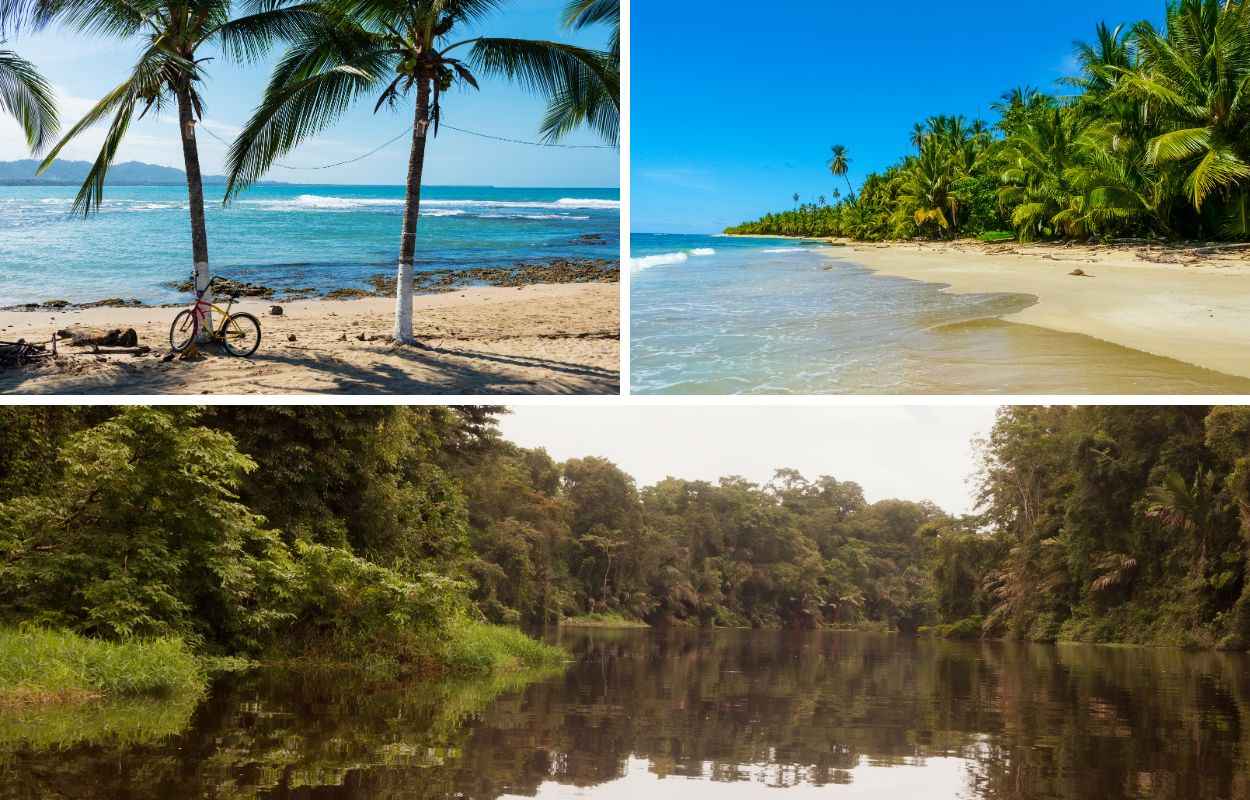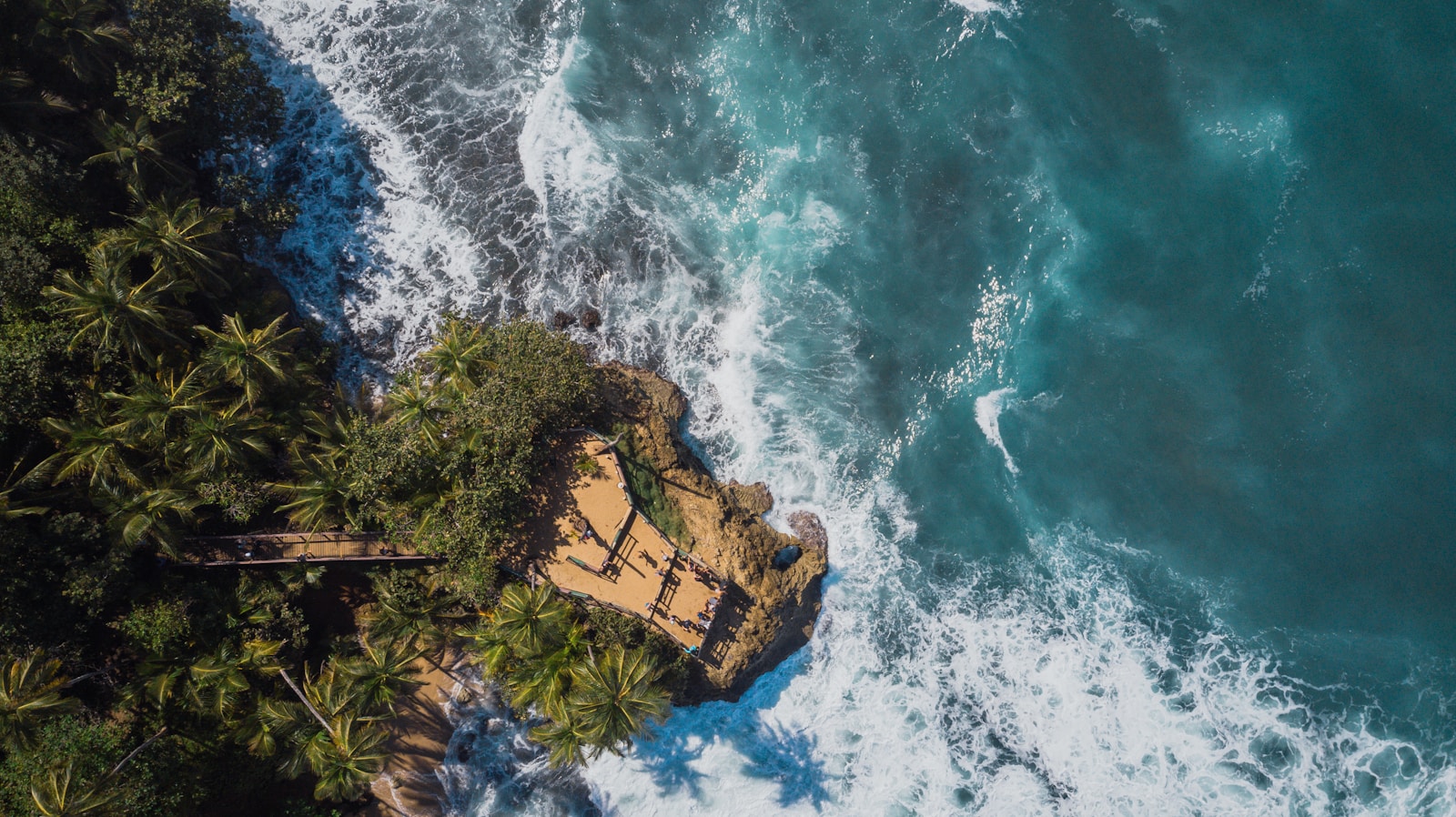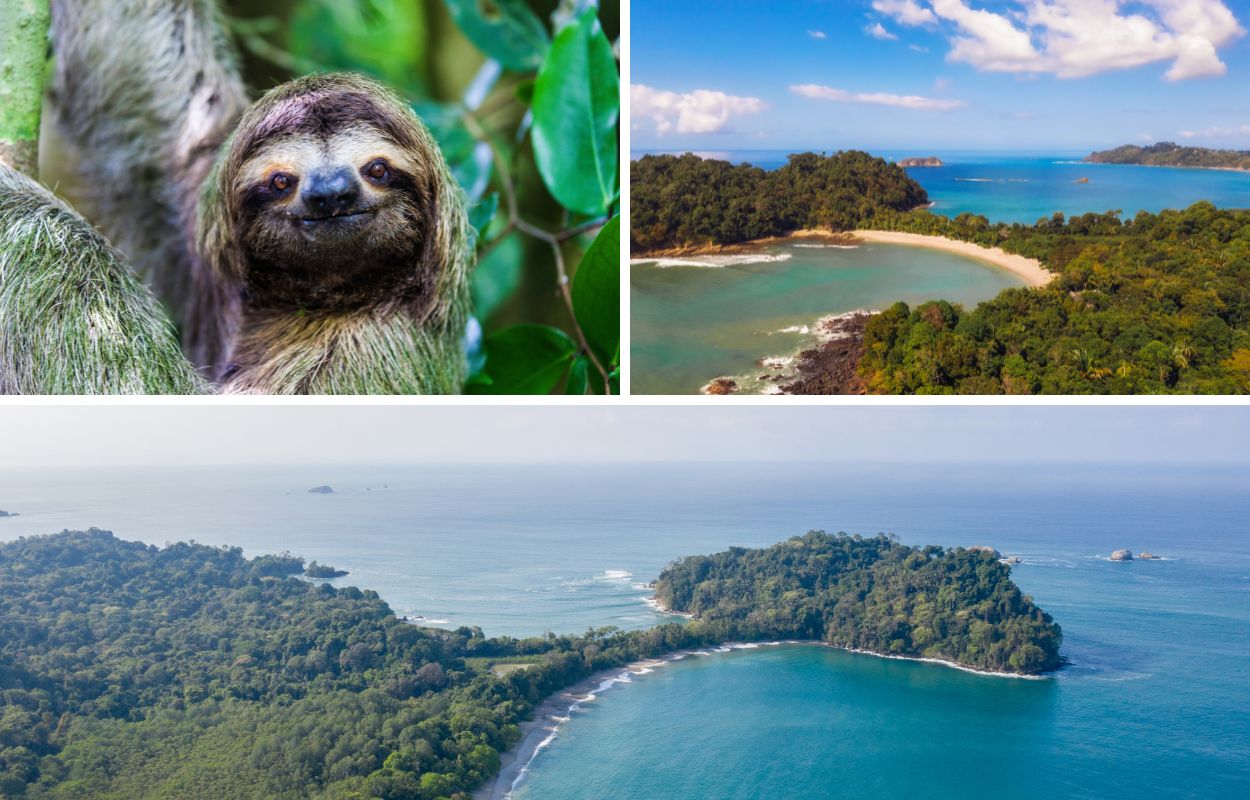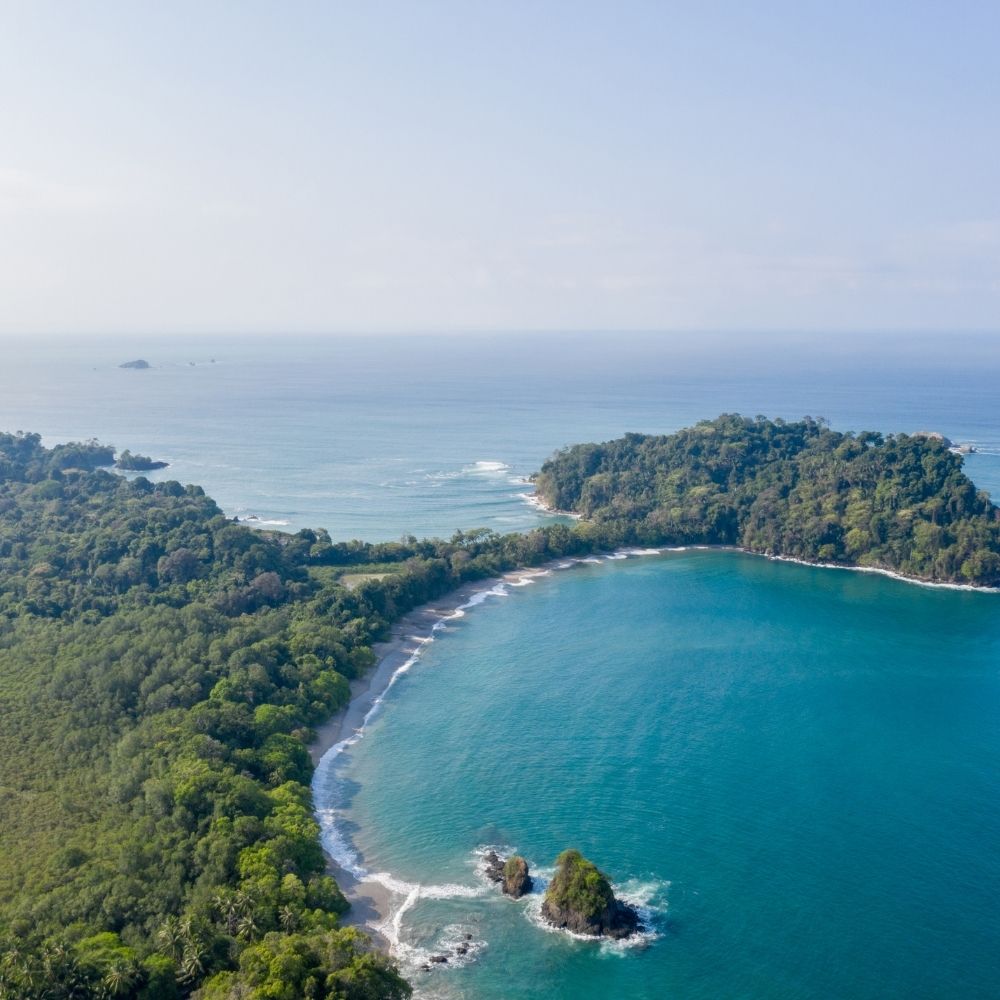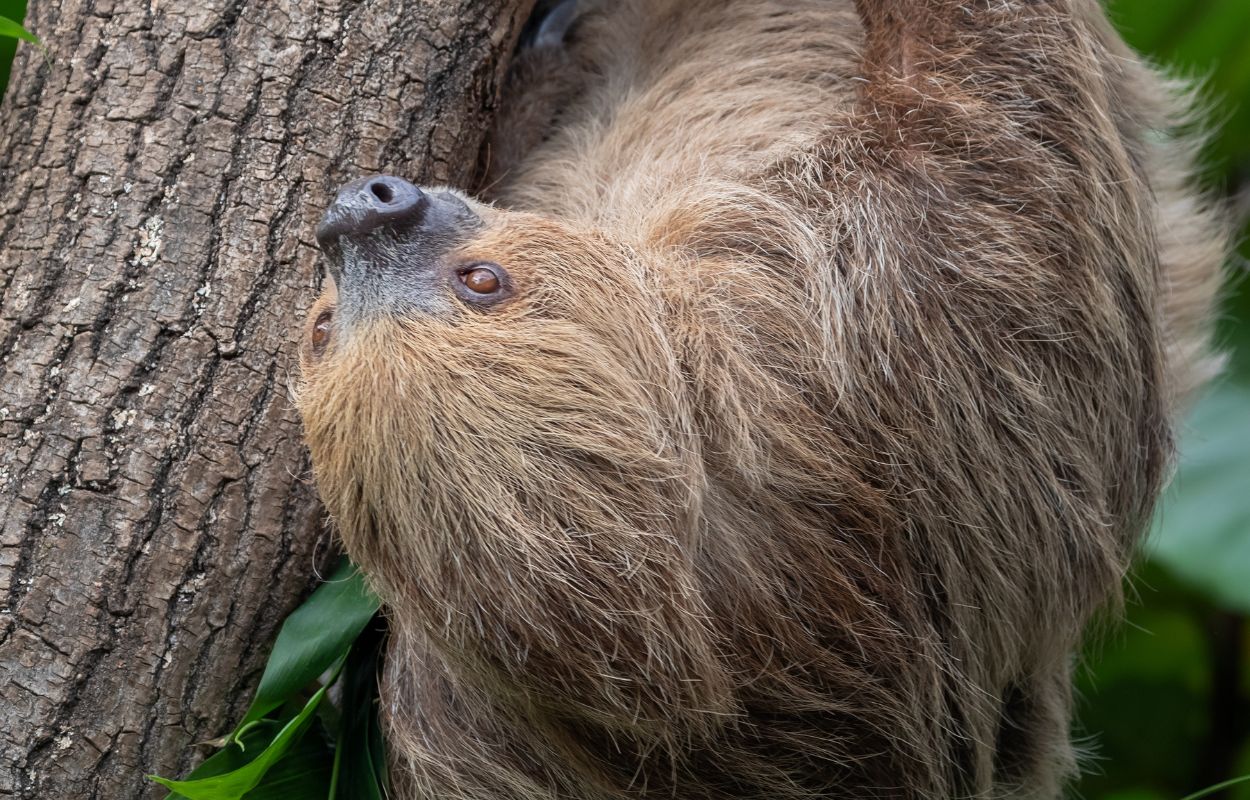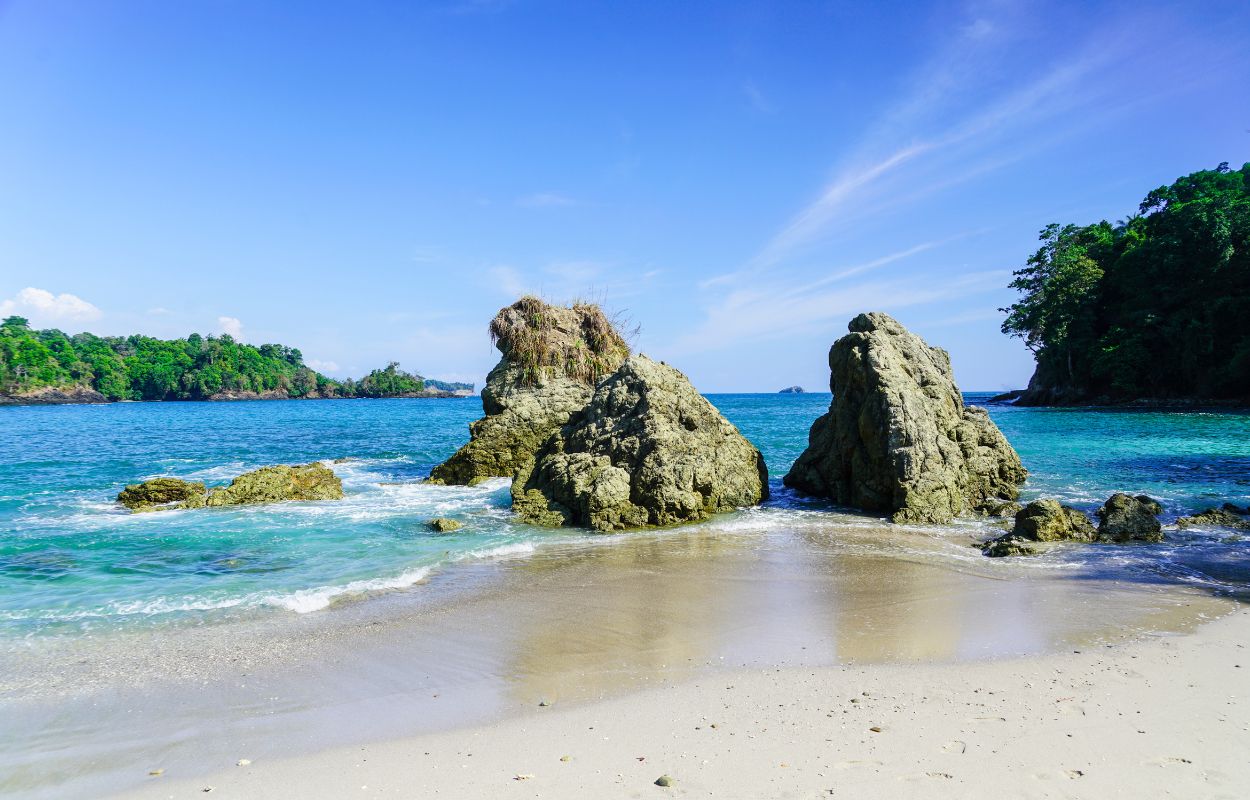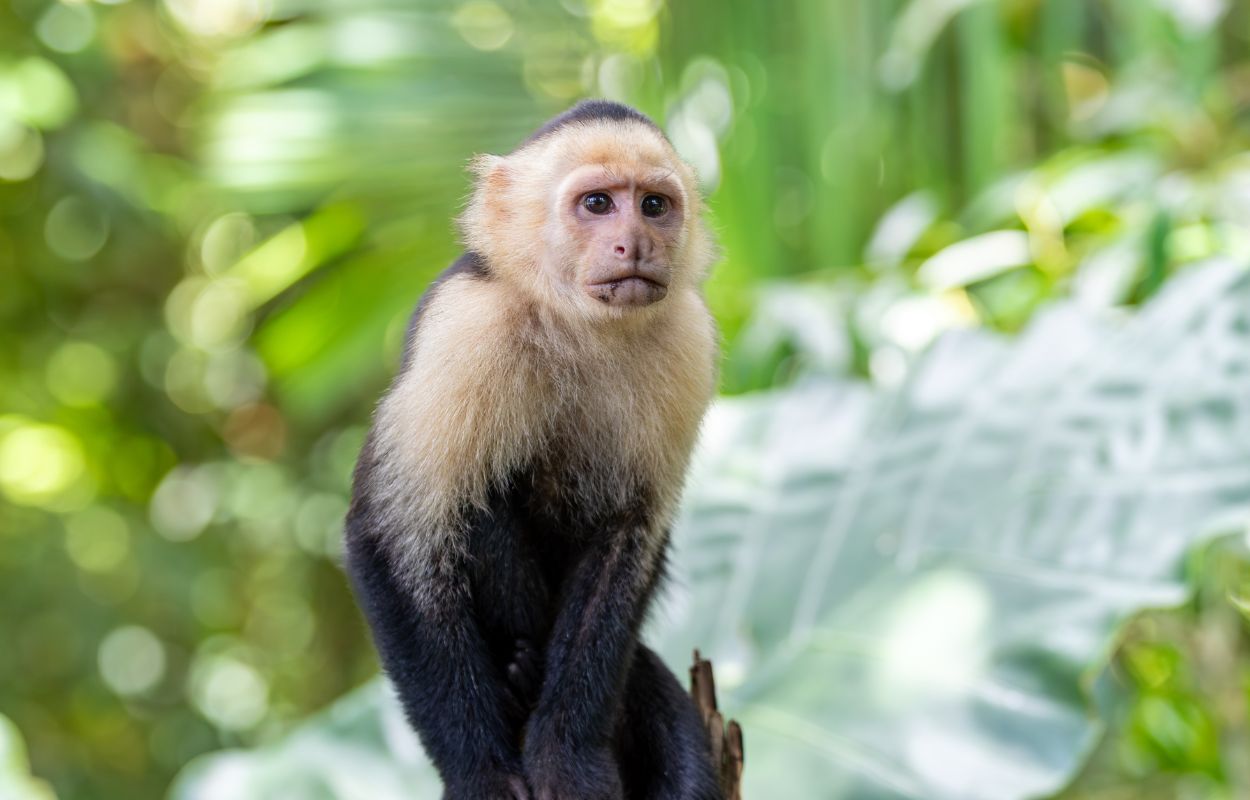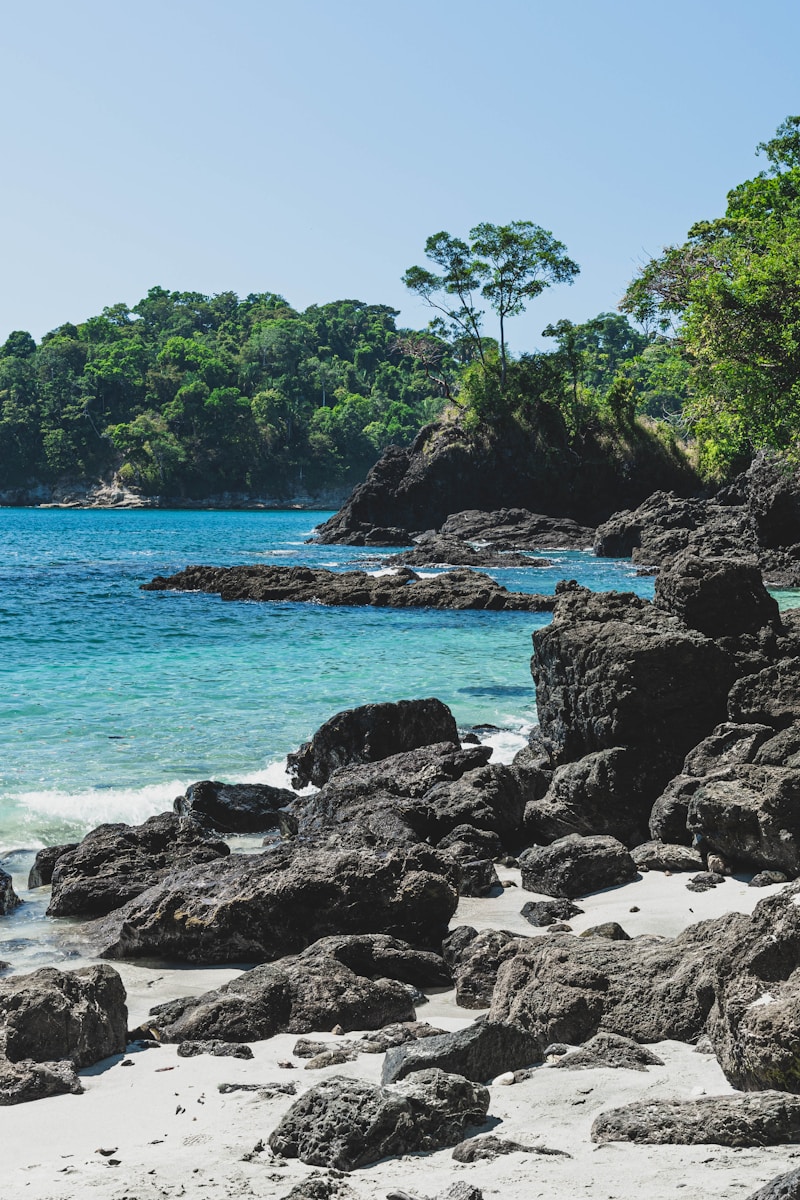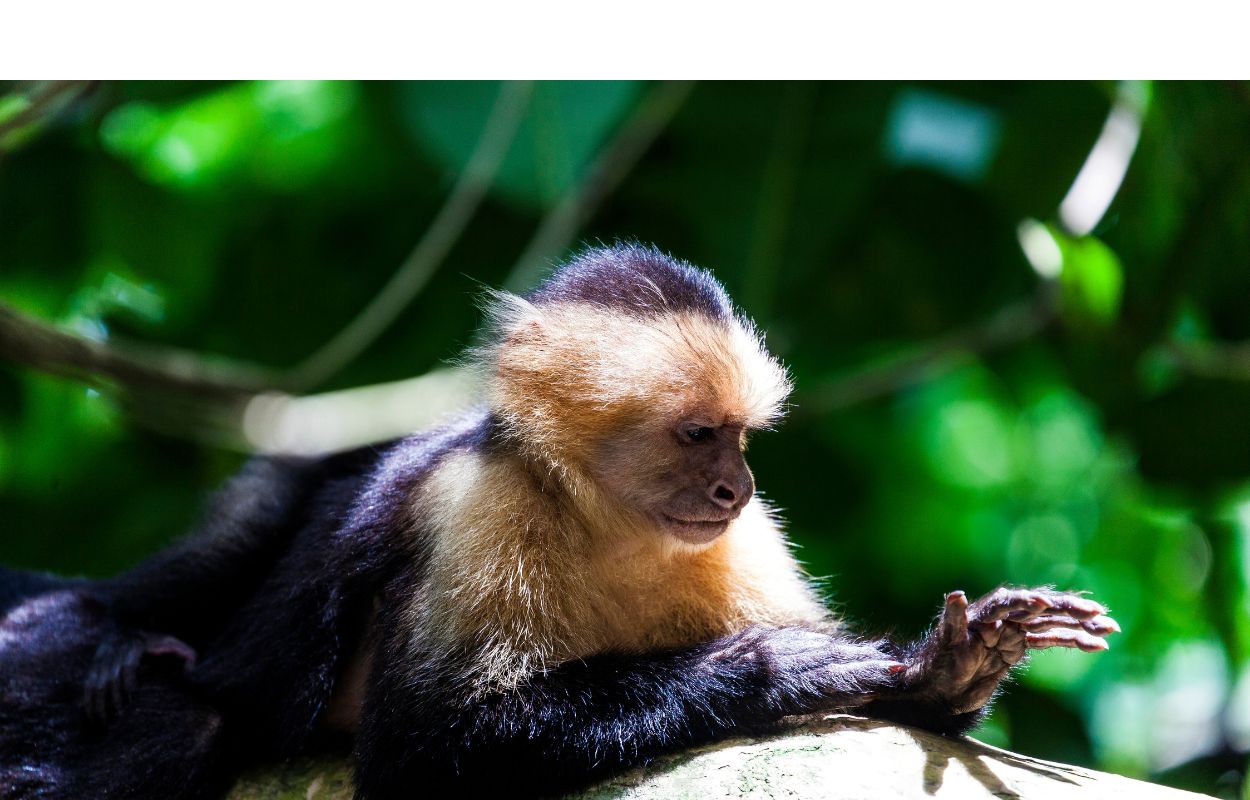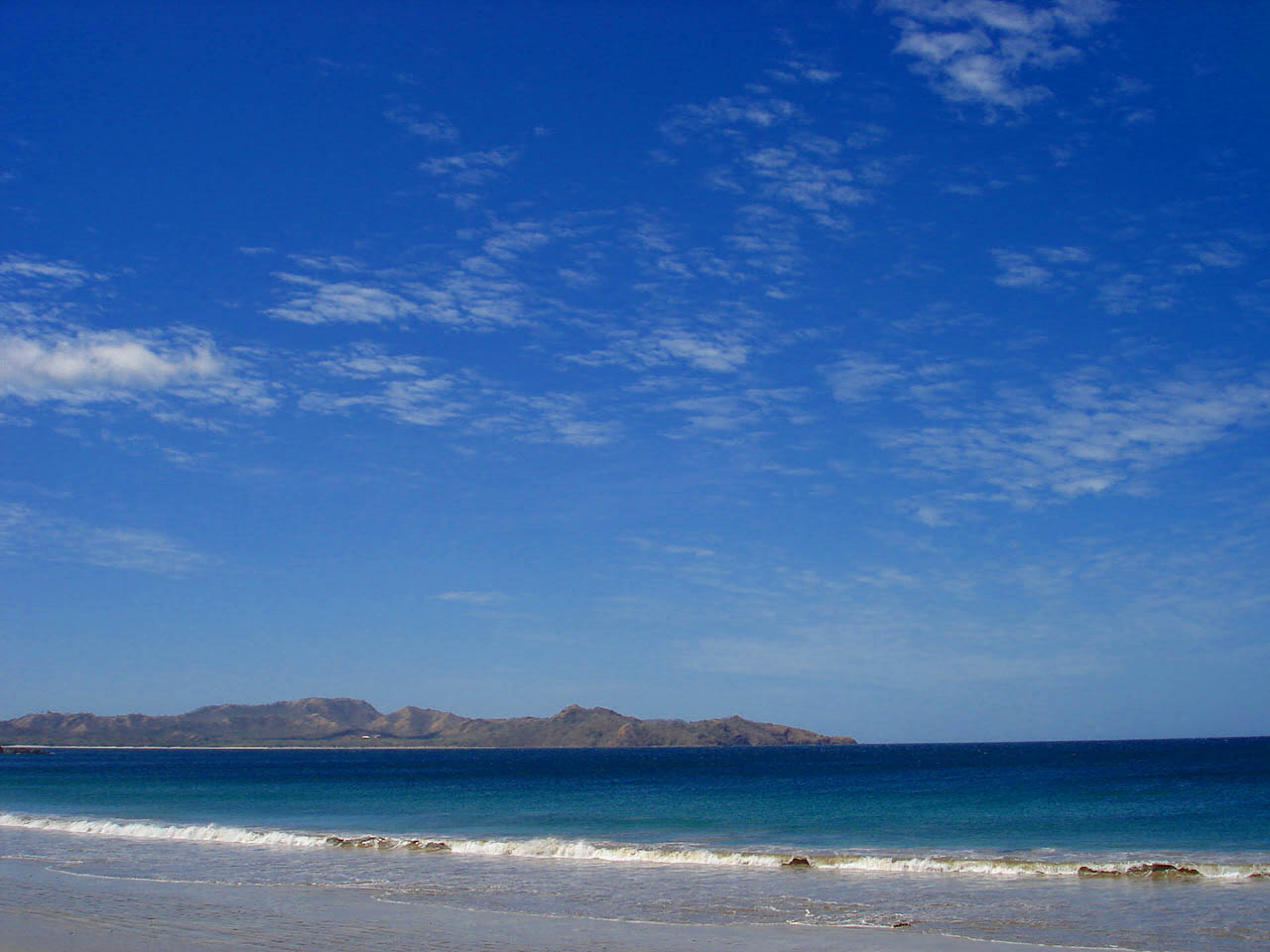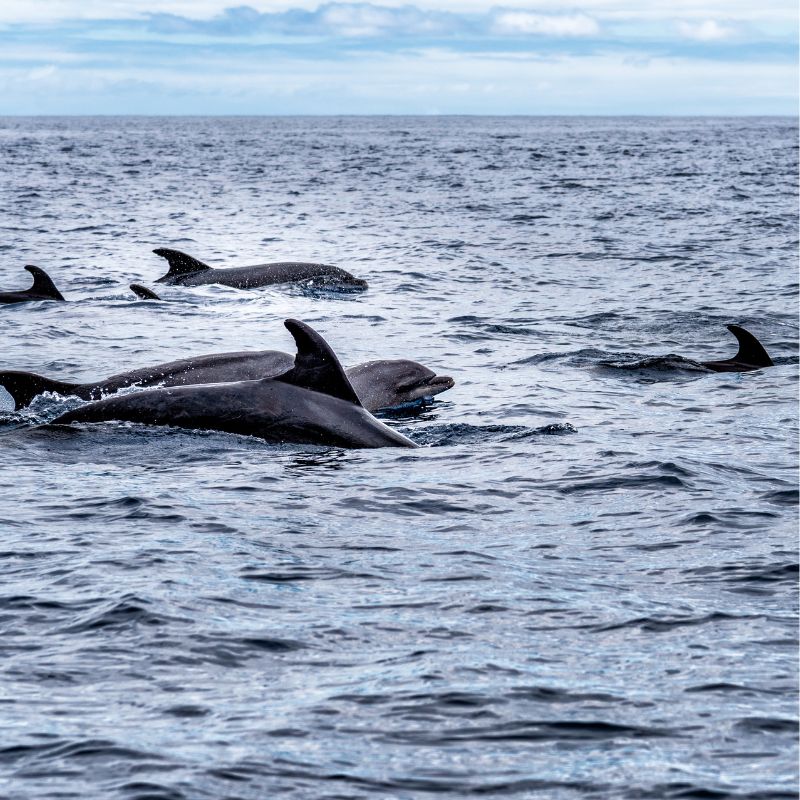The Caribbean coast of Costa Rica offers an impressive diversity of landscapes, cultures and unique experiences for all types of travelers.
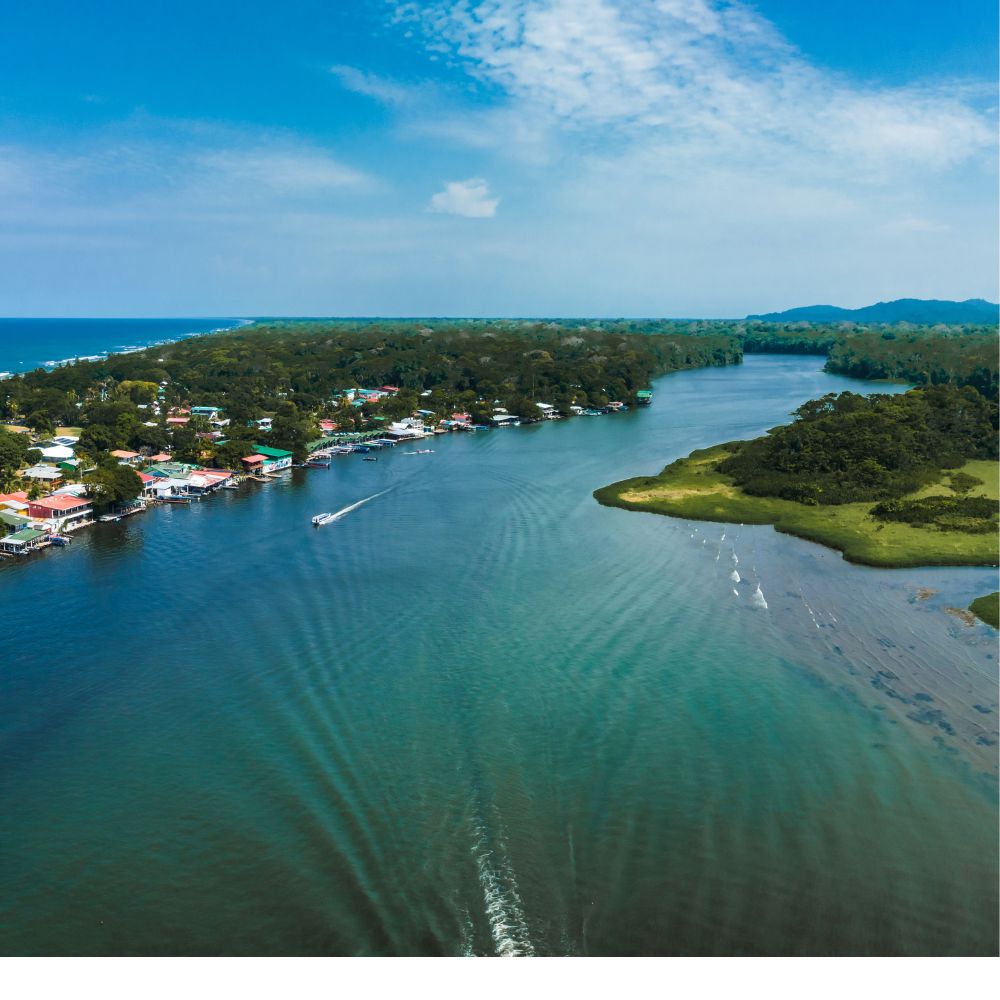
The Caribbean coast in Costa Rica is an invitation to explore from the biodiversity of Tortuguero to the vibrant atmosphere of Puerto Viejo, each destination offers something unique for travelers. And if you want to extend your adventure, Bocas del Toro in Panama is an option you can’t pass up – get ready to discover the beauty and diversity of these coasts!
Costa Rica’s most outstanding beaches offer not only spectacular views, but also excellent lodging options, well-organized activities and convenient transportation. However, the best beaches are not only those considered ideal for their natural beauty, but also those that offer a complete experience, combining lodging, activities to enjoy for weeks and breathtaking scenery.
In this article, you will find a complete guide to the best beaches in Costa Rica on the Caribbean coast. In our next article we will take a look at the Pacific. Below, we present a complete list of the main destinations of the Caribbean Coast of Costa Rica along with their most notable features. So you can choose which of these beaches is perfect for you.
Although the Pacific beaches tend to be the most popular, the Caribbean coast also has a lot to offer, from lush nature to a relaxed and vibrant atmosphere.
Here are the main jewels of Costa Rica’s Caribbean coast, along with an outstanding option in neighboring Panama.
Tortuguero:
This destination is known as the “Amazon of Costa Rica” due to its intricate network of canals and tropical rainforest. Tortuguero is a unique place where nature is the absolute protagonist. It is famous for being one of the main green turtle nesting sites in the world.
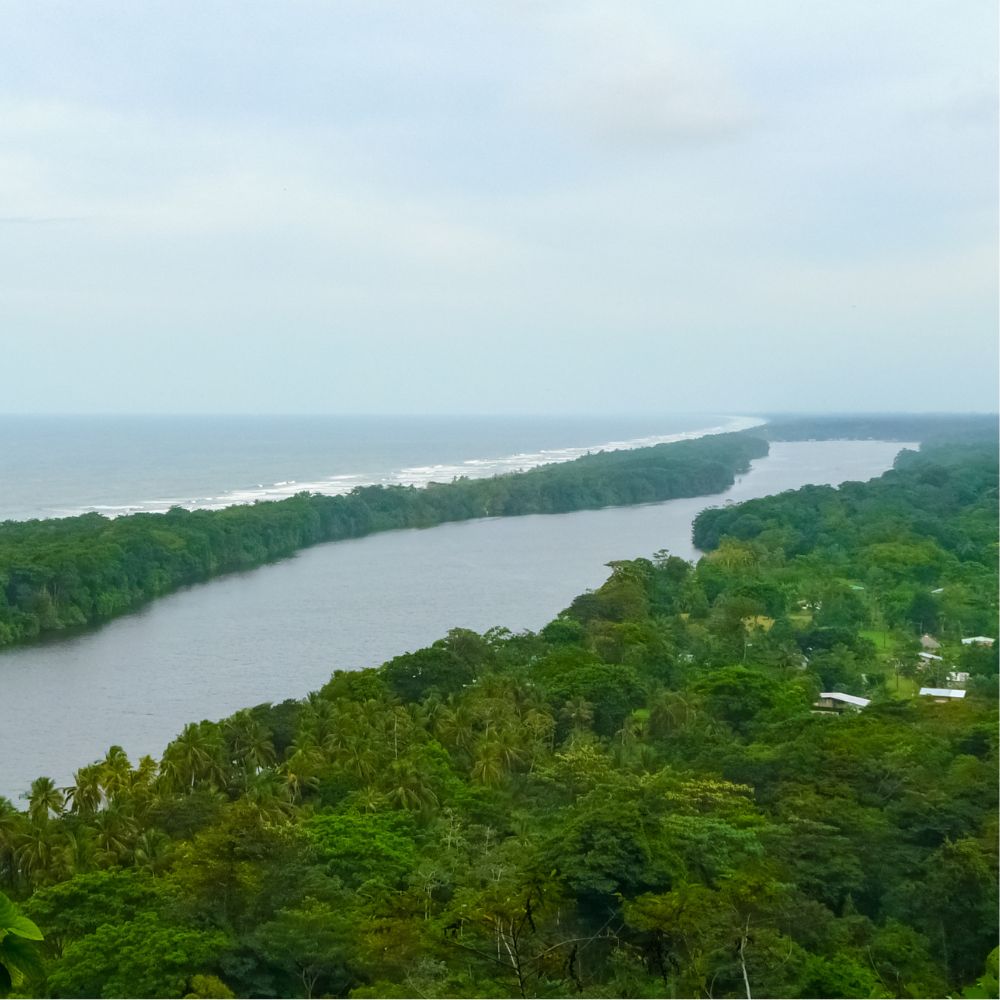
During the nesting season, visitors have the opportunity to witness this natural spectacle. In addition, Tortuguero National Park offers a rich biodiversity that includes monkeys, birds, caimans and jaguars. Access to Tortuguero is only by boat or plane, which adds a touch of adventure to the trip.
Cahuita:
This small coastal town is home to Cahuita National Park, a perfect place for nature lovers. The park has trails through the jungle and along white sandy beaches, ideal for swimming and snorkeling. The barrier reef at Cahuita is a hidden treasure that is home to a great variety of tropical fish and marine life.
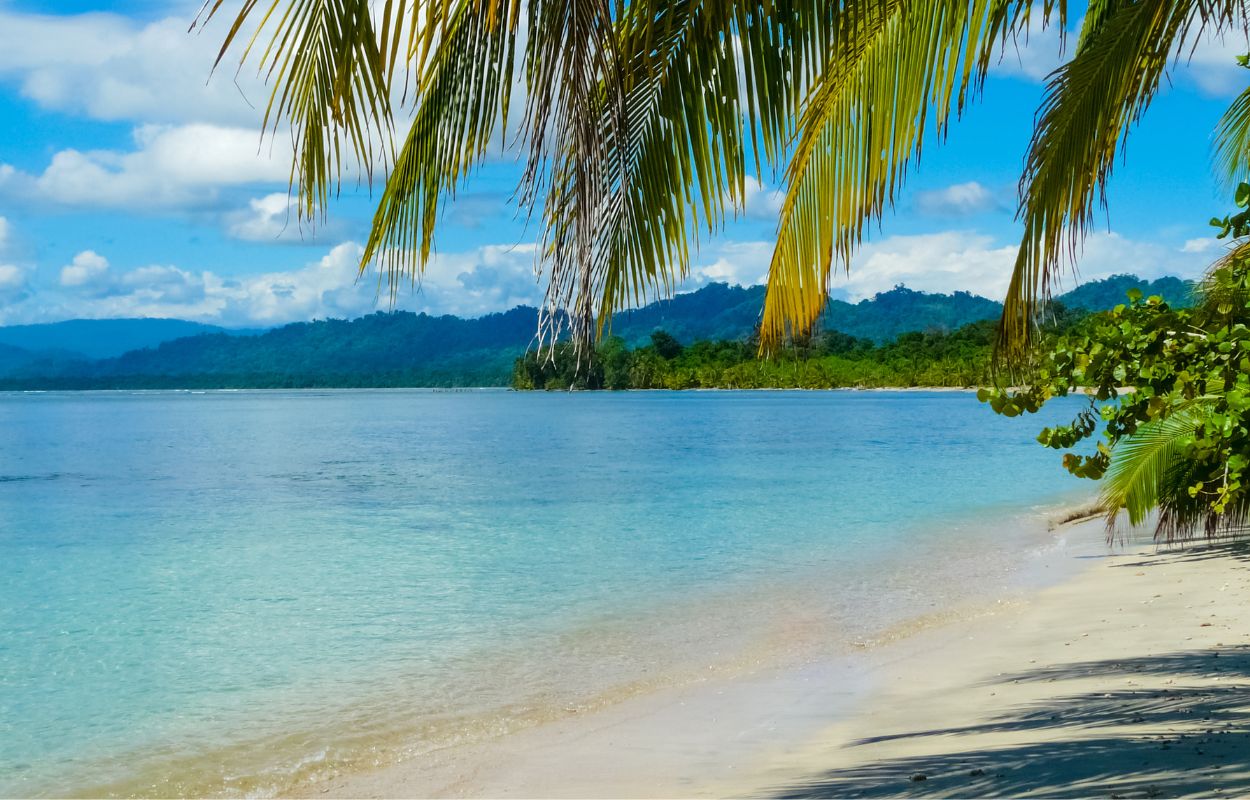
Cahuita also has a relaxed and authentic atmosphere, with local restaurants offering delicious Caribbean food.
Puerto Viejo:
This lively town is one of the most popular destinations on the Caribbean coast of Costa Rica. Puerto Viejo is known for its spectacular beaches, such as Playa Cocles and Playa Negra, as well as its bohemian and multicultural atmosphere. Here you will find a mix of tourists, expats and locals that create a vibrant and welcoming atmosphere.
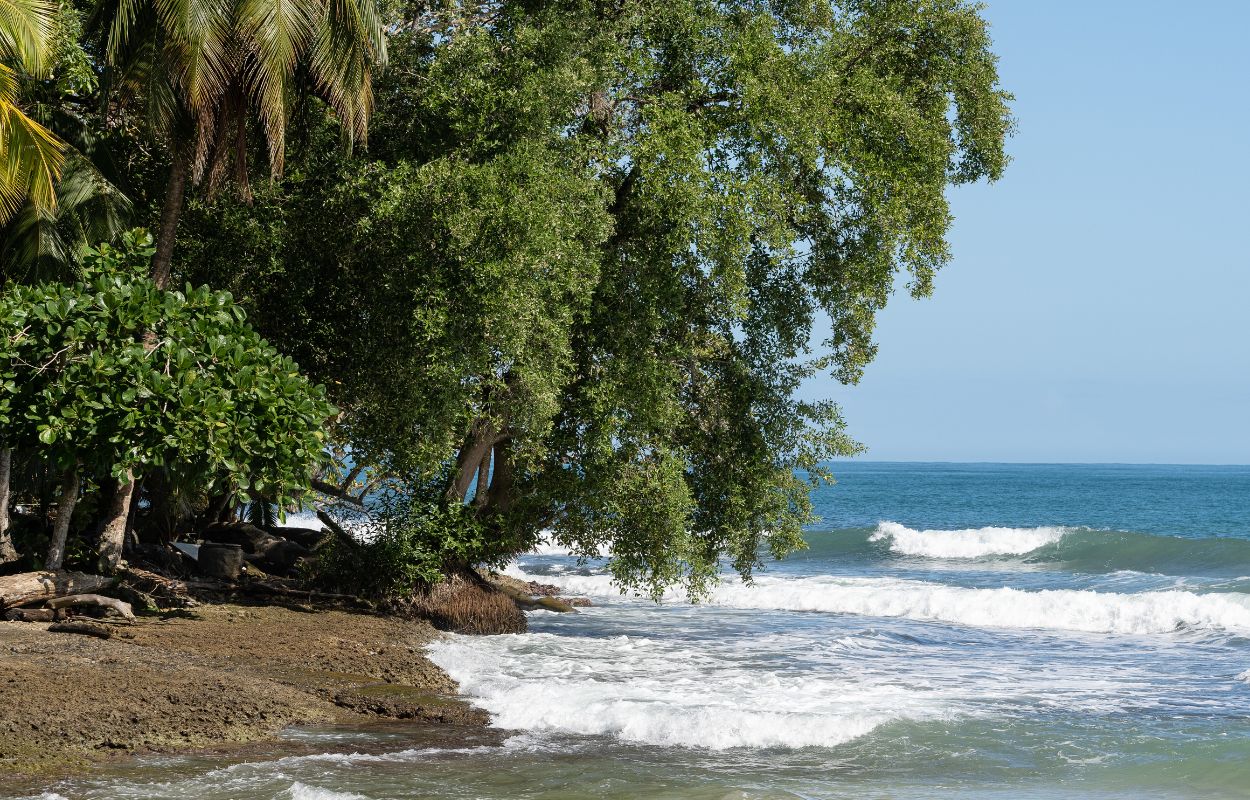
Puerto Viejo is ideal for surfers, foodies and those looking for a lively nightlife. In addition, nearby nature reserves, such as the Gandoca-Manzanillo Wildlife Refuge, offer opportunities to explore the region’s biodiversity.
Remember that if you want to organize a transport or want to know more you can touch the whatsapp button.

Manzanillo:
This quiet town is the last point on the road south along the Caribbean coast and offers a more secluded and authentic experience. Manzanillo is perfect for those looking to escape the crowds and enjoy secluded beaches surrounded by nature.

The Gandoca-Manzanillo Wildlife Refuge is a jewel for wildlife lovers, with trails through mangroves, forests and beaches. Manzanillo is also an excellent place for snorkeling, as its crystal clear waters are home to a rich marine life.
Bocas del Toro:
Although located in Panama, this archipelago is a perfect option to complement a trip along the Caribbean coast of Costa Rica. Bocas del Toro is known for its paradisiacal islands, white sand beaches and turquoise waters. Here you can enjoy activities such as snorkeling, scuba diving, kayaking and boat rides.
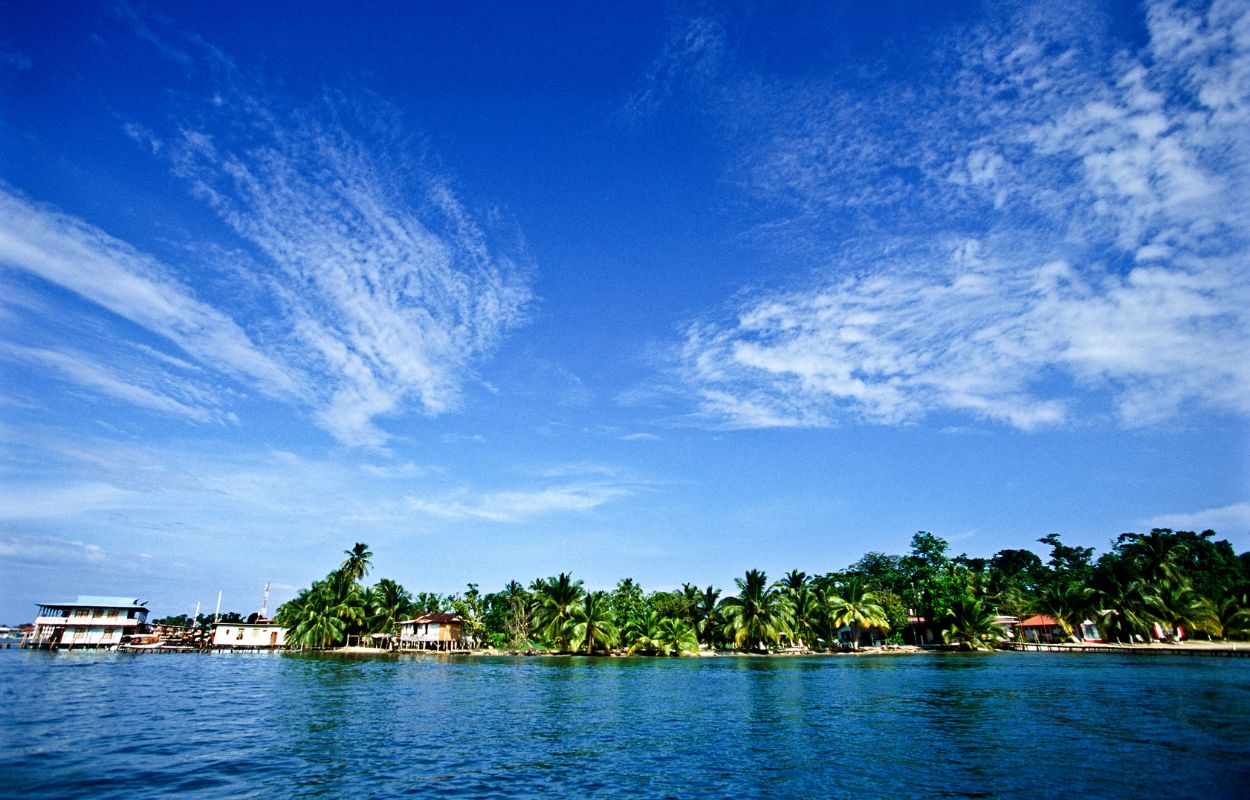
Isla Colón is the most developed, with a wide range of accommodations, restaurants and nightlife. However, you can also explore quieter islands such as Bastimentos, where nature and local culture are the main attractions.
I highly recommend you to read my article on the Caribbean climate in Costa Rica here
To conclude: Conclusion: The magic of the Costa Rican Caribbean and beyond.
Costa Rica’s Caribbean coast is a treasure trove of natural and cultural diversity and unforgettable experiences. From the canals and biodiversity of Tortuguero to the vibrant atmosphere of Puerto Viejo, to the tranquility of Cahuita and Manzanillo, each destination offers something unique that deeply connects with the adventurous spirit of its visitors. Here, nature blends with Afro-Caribbean culture to create an authentic and welcoming atmosphere found nowhere else.
In addition, for those looking to extend their adventure, Bocas del Toro in Panama is the perfect complement. This paradisiacal archipelago combines dream beaches, water activities and a rich culture that invites you to relax and explore.
The Caribbean coast is not only a destination, but an experience that allows you to disconnect from the world and reconnect with yourself. It is a corner of the planet where the natural beauty and the warmth of its people will make you feel at home.
So, whether you prefer adventure in the jungle, snorkeling on coral reefs or just enjoying the quiet life on a secluded beach, the Costa Rican Caribbean has everything to offer, so get ready to fall in love with this tropical paradise!
